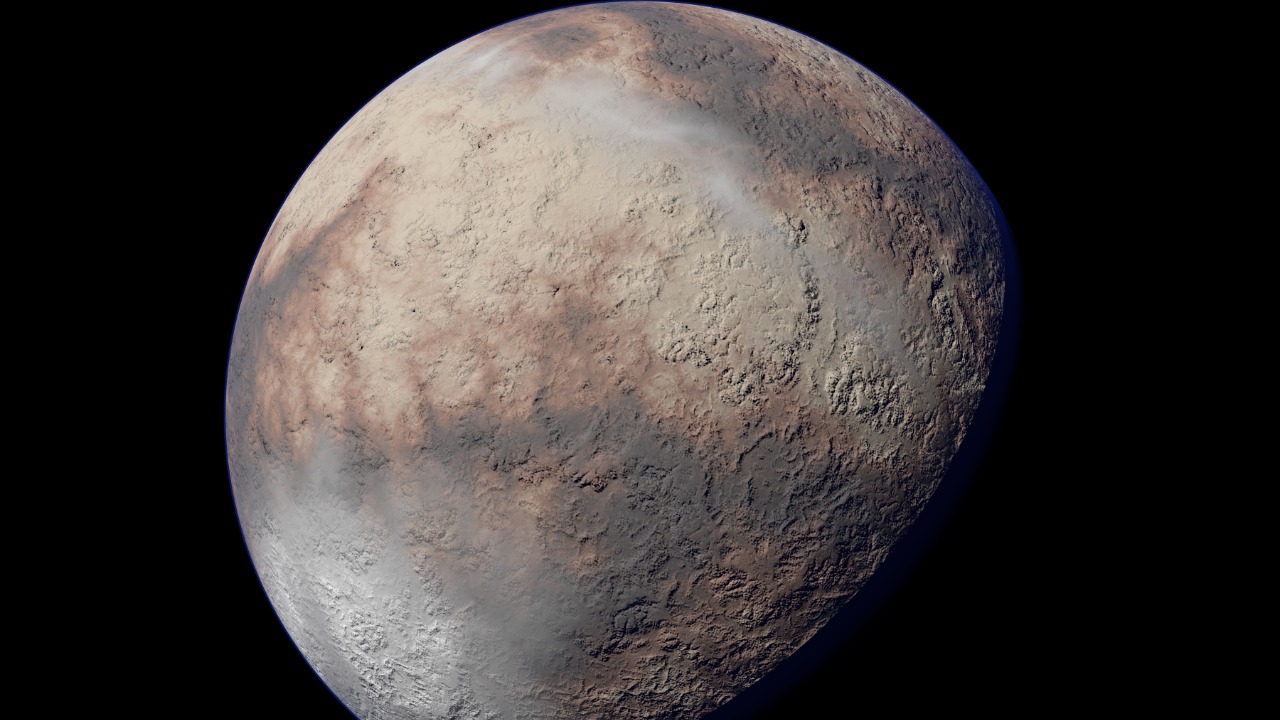
Astronomers have proposed the existence of a hidden Earth-sized world in the outer solar system, dubbed “Planet Y.” This celestial body could be significantly closer to Earth than the hypothesized Planet Nine, with estimates placing it at a distance of about 10 times farther from the Sun than Neptune. The theory of Planet Y emerges from recent analyses of orbital anomalies in trans-Neptunian objects, suggesting that its gravitational influence might explain clustering patterns not fully accounted for by Planet Nine alone. source
The Origins of the Planet Y Hypothesis
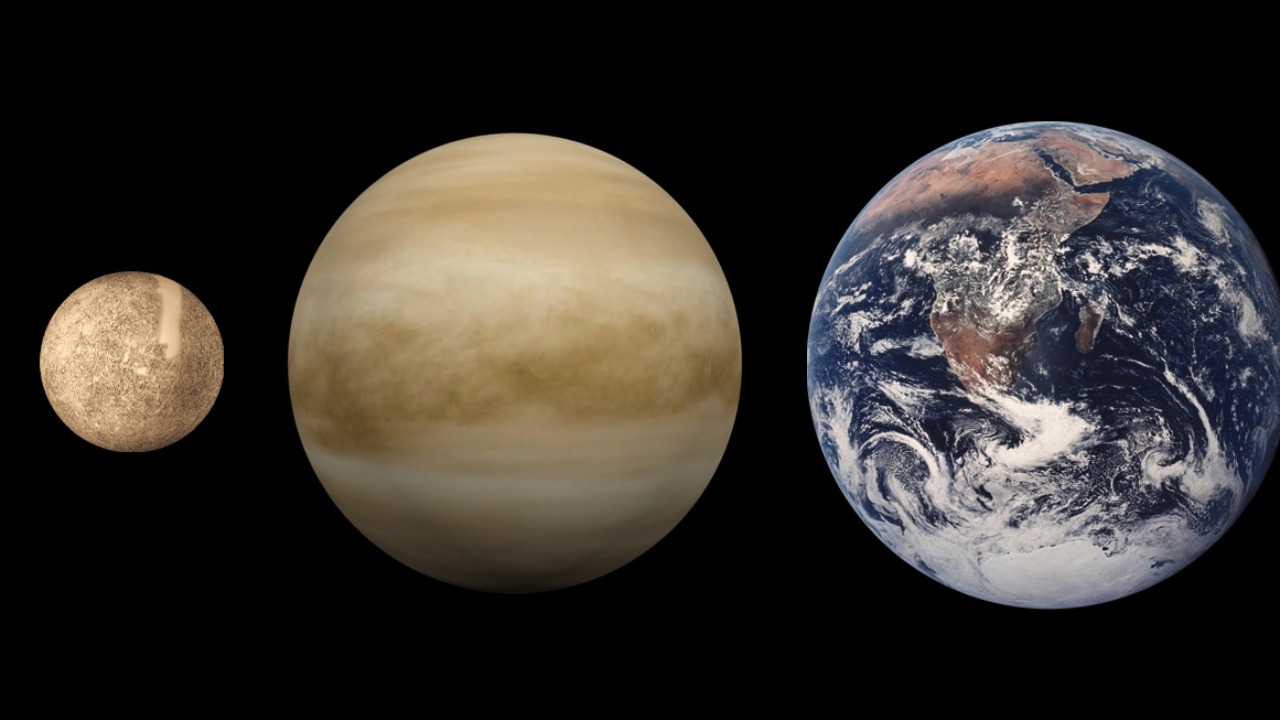
The first hints of a hidden planet beyond Neptune date back to observations in 2016. Astronomers identified unusual clustering in the orbits of extreme trans-Neptunian objects, which led to speculation about a massive perturbing body.source Building on this, recent modeling has proposed Planet Y as a distinct Earth-mass planet, potentially captured from another star system. This planet could be influencing smaller bodies in ways that differ from Planet Nine’s predicted effects. source
Key researchers, including those from the California Institute of Technology, have refined these models to account for multiple planetary influences in the Kuiper Belt. This approach allows for a more comprehensive understanding of the dynamics at play in the outer reaches of our solar system. source
How Planet Y Differs from Planet Nine
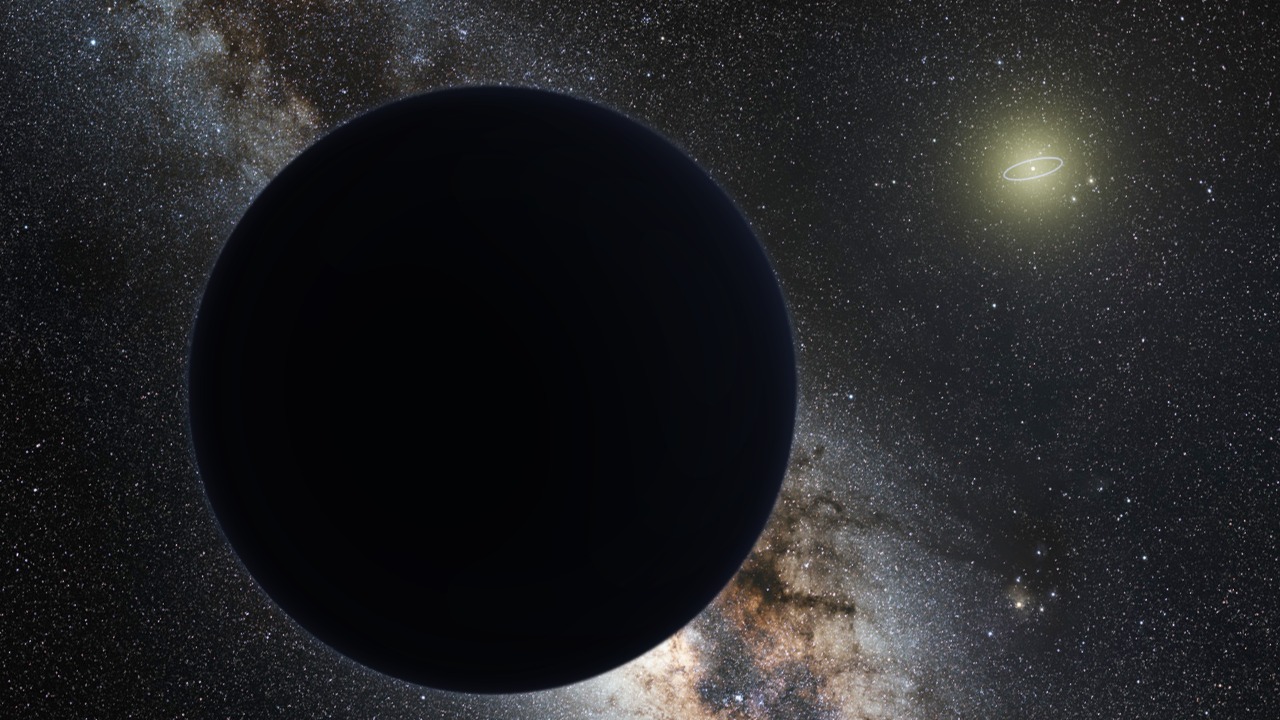
Planet Nine is theorized to be a super-Earth or ice giant, 5-10 times Earth’s mass, orbiting at 20 times Neptune’s distance. In contrast, Planet Y is envisioned as roughly Earth-sized and positioned closer, around 10 times Neptune’s distance. source. Unlike Planet Nine’s highly elliptical orbit that takes 10,000-20,000 years to complete, Planet Y’s proposed path suggests a more circular trajectory. This could potentially make it easier to detect with current telescopes. source
Interestingly, the two planets could coexist. Planet Y’s proximity could provide additional gravitational tugs on Kuiper Belt objects that Planet Nine alone cannot explain. This suggests a more complex and intriguing outer solar system than previously thought. source
Evidence from Trans-Neptunian Object Orbits
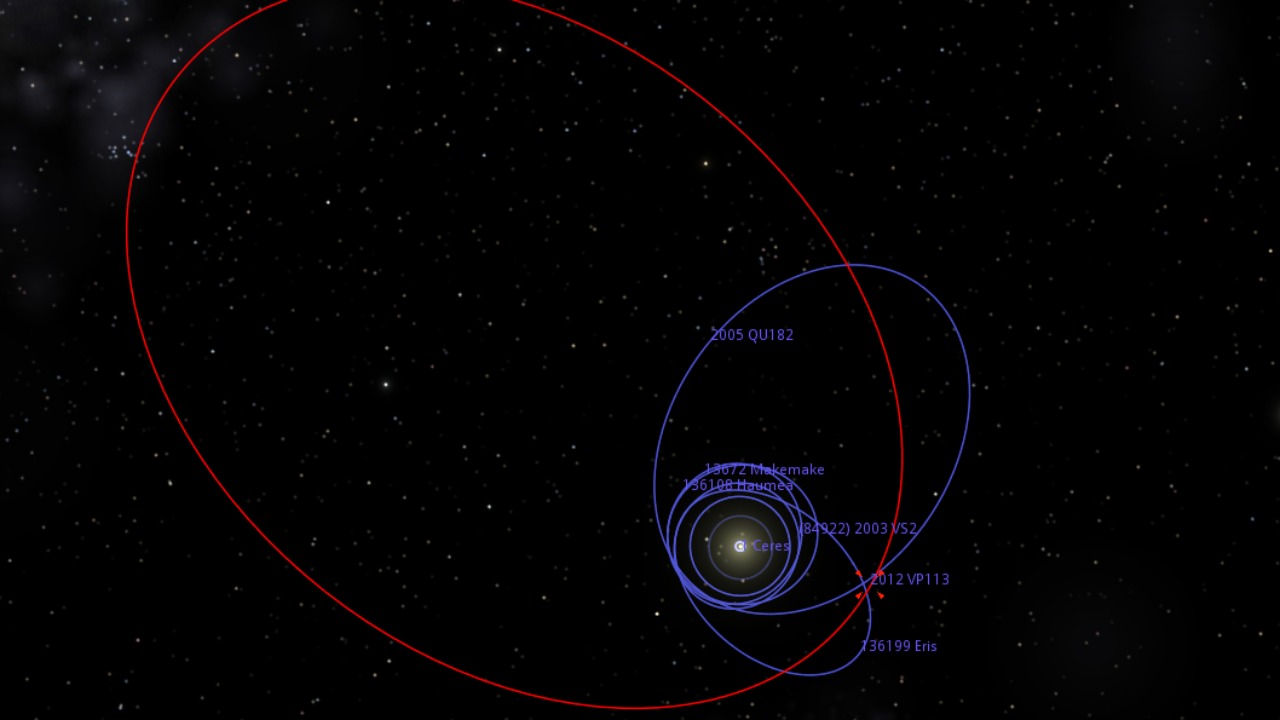
Observations of six extreme trans-Neptunian objects, such as Sedna and 2012 VP113, show aligned orbits that defy random distribution. This alignment has hinted at an unseen planet’s influence since data collection began in the early 2000s. source. Updated surveys from telescopes like Subaru in Hawaii reveal tighter clustering in perihelia, supporting Planet Y as a closer perturber compared to Planet Nine’s farther reach. source
Statistical simulations indicate a 99.6% probability that these alignments are due to a planetary-mass object. Planet Y’s Earth-like size fits the required gravitational pull, further bolstering the case for its existence. source
Challenges in Detecting Planet Y
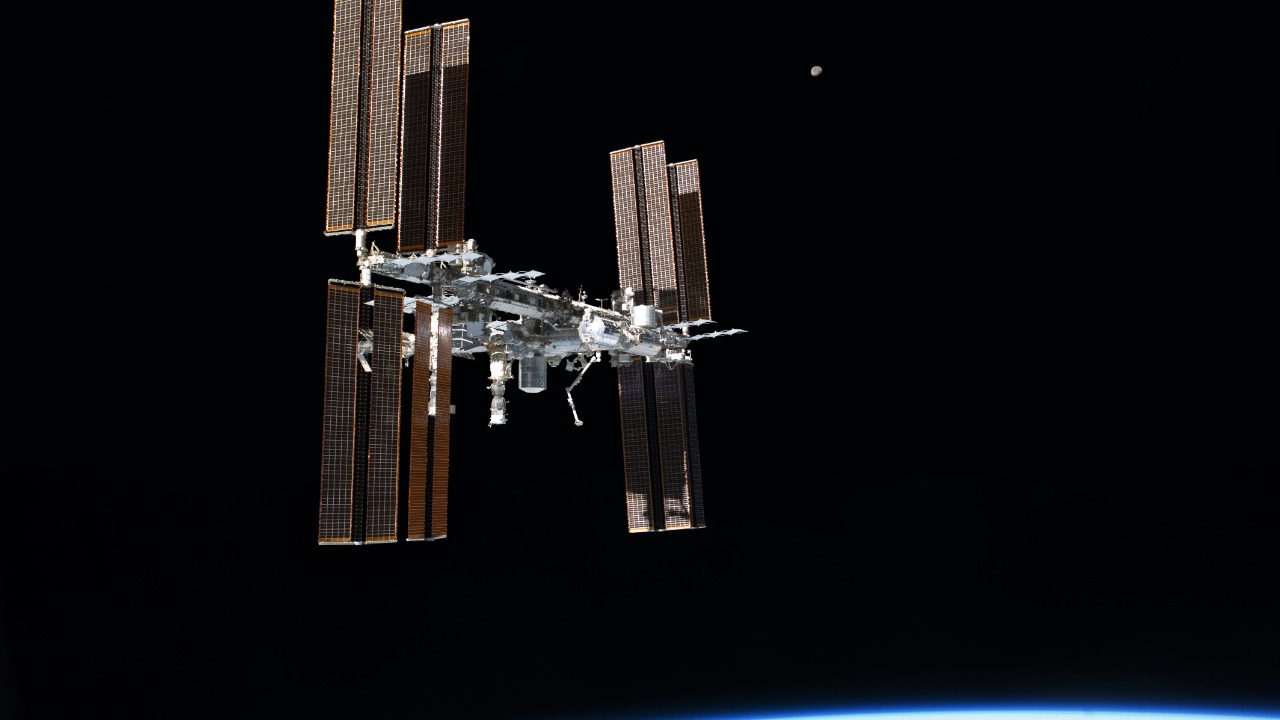
Despite the compelling evidence, detecting Planet Y presents significant challenges. Its theorized location in the plane of the solar system, near the Milky Way’s dense star field, makes it hard to spot against background noise. This is unlike Planet Nine’s more isolated predicted path. source. Current instruments, including the Vera C. Rubin Observatory’s upcoming Legacy Survey of Space and Time starting in 2025, may struggle with its faint magnitude of around 24, requiring infrared observations. source.
Past searches, such as those using the Dark Energy Survey since 2013, have ruled out brighter candidates but leave room for dimmer, closer worlds like Planet Y. This suggests that while the search is challenging, it is far from impossible. source
Implications for Solar System Formation
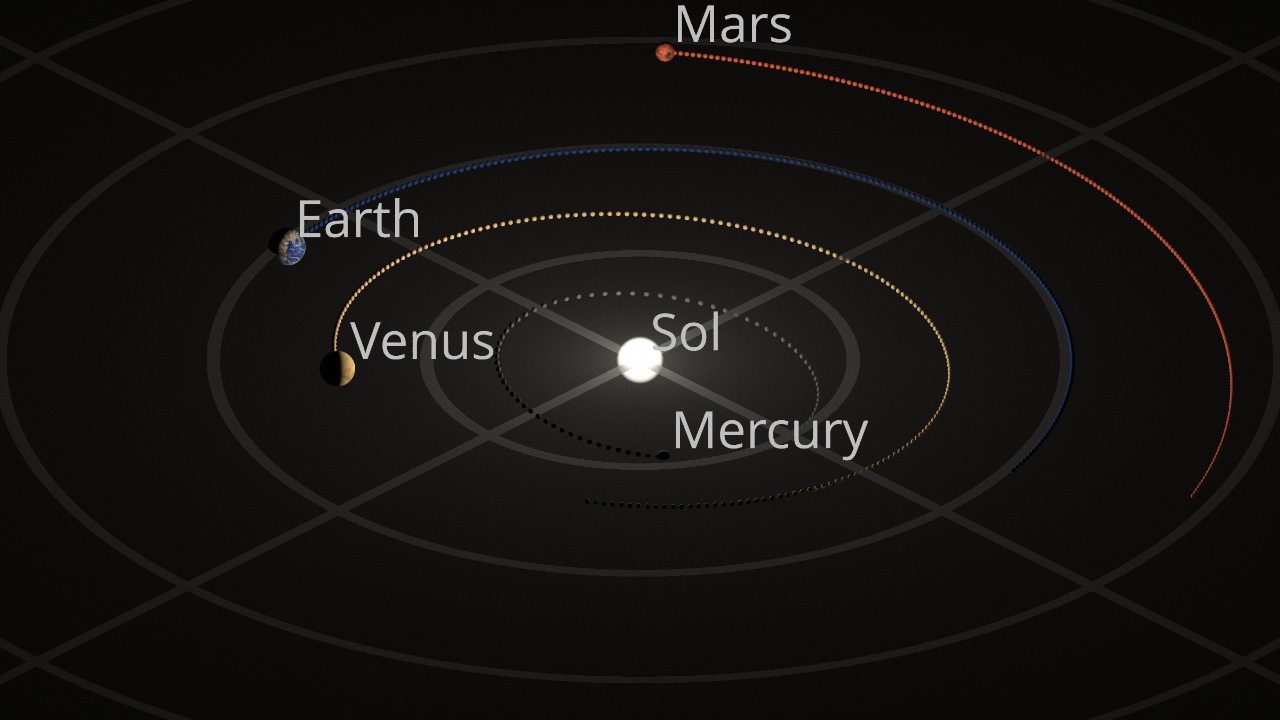
If confirmed, Planet Y could indicate that our solar system captured rogue planets from nearby stellar nurseries during its formation about 4.6 billion years ago. This would add a fascinating twist to our understanding of the solar system’s history. source. Its presence might also reshape our understanding of the Kuiper Belt’s dynamics, suggesting that multiple shepherding planets stabilized the region post-formation. source
Comparisons to exoplanet systems, like those detected by NASA’s Transiting Exoplanet Survey Satellite, show similar multi-planet architectures beyond Neptune’s orbit. This could suggest that our solar system is not as unique as we once thought. source
Future Searches and Technological Needs
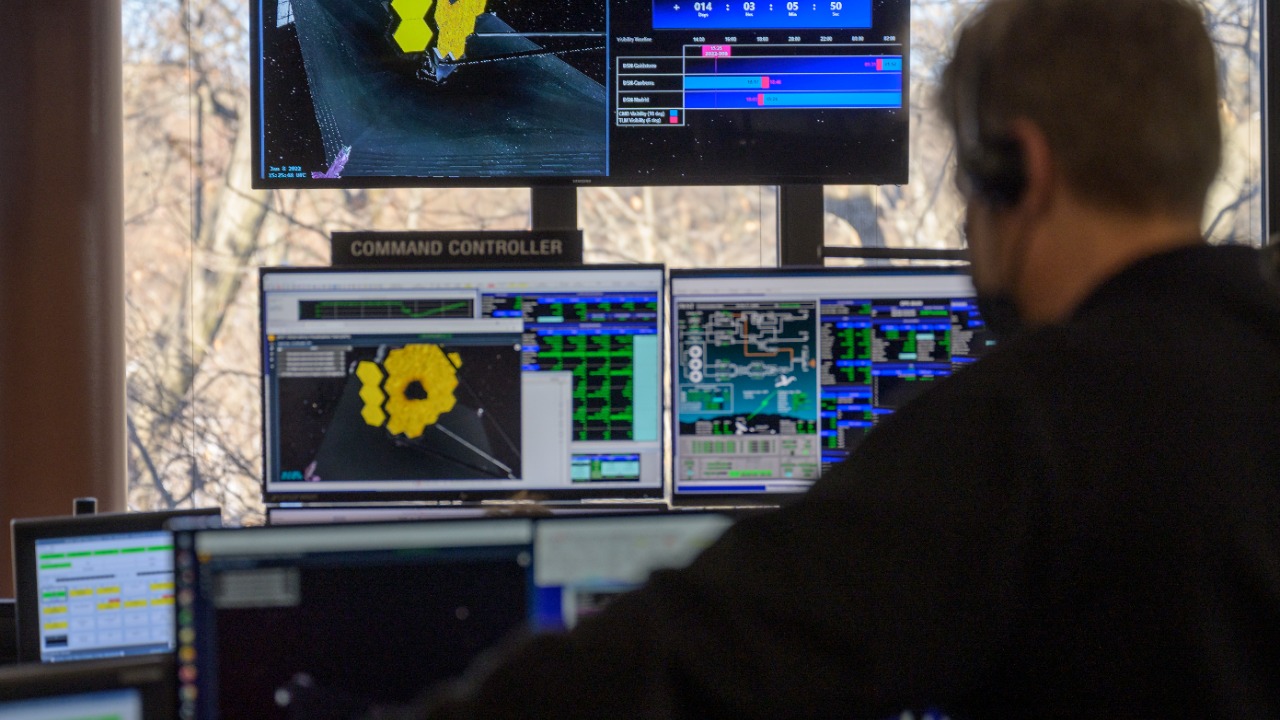
Proposed missions, including enhanced use of the James Webb Space Telescope for outer solar system scans, could image Planet Y within the next decade if its orbit is refined. This would be a significant step forward in our exploration of the outer solar system. source. Ground-based efforts, like the ongoing Planet Nine search by the Dark Energy Camera Legacy Survey, are being adapted to target closer candidates matching Planet Y’s profile. This shows the adaptability and determination of the scientific community in the face of new discoveries. source
International collaborations, involving astronomers from the U.S., Europe, and Japan, aim to pool data from surveys like Pan-STARRS to narrow Planet Y’s possible locations. This global effort underscores the universal interest in understanding our place in the cosmos. source